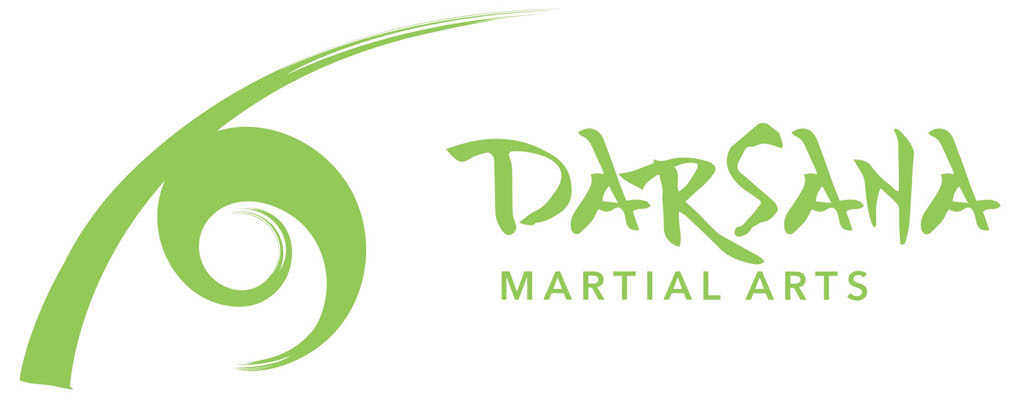The importance of meditative awareness to the Taoist martial artist cannot be overstated. The entire Taoist approach to martial arts rests upon it as its foundation. Most of the time, we operate on a binary mode of perception, fueled by our survival instincts. This leads to a view of reality split into good and bad, past and present, self and other, and so on. This perception leads to hope and fear. We hope to achieve what we perceive as the good. We fear that we will not be able to prevent what we perceive as the bad. It is this binary perception that gives birth to fighting arts – strategies to achieve our hopes and prevent our fears, and to win rather than lose (another product of binary perception).
Meditative awareness removes the filter of our mental contrivance and leads to the direct perception of reality as it is. This direct perception leads to grasping reality not as differentiated entities playing against each other, but as a single indivisible whole in which exists every one of us. Everything is part of it – each a drop of water in a vast ocean.
An understanding like this leads to a different attitude and a different way of receiving and responding to events and relationships. Instead of having a constant sense of fear and a sense of yourself vs the world (the various obstacles and individuals who may try to stop you or take things away from you), you exist with a sense of wholeness, of completeness, a sense that everything is OK. A sense that everything is just as it must be, as it should be – perfect – and that it’s unnecessary to change things or to fight or resist. This sense also comes with sensitivity to the way things are in the moment. In other words, it’s a sensitivity to the processes of change and transformation, of individual things and their relationships to each other. You don’t see things as being separate, but connected, and so you feel the way your actions ripple out into others and your environment, and the way those others and your environment ripple into you. You see things as a matrix of interrelating factors creating change, and you begin to swim in it, feeling it. You can go along with it and act in such a way that you affect changes in events. It’s all simply about maintaining your center – not maintaining it against other things that are trying to take it – but yourself as the center of existence. It’s not egocentricity, but simply put, you are everything and your sense of being everything is centered in the single point that is you.
In martial arts, this creates a very different way of relating with an attacker or opponent, because you don’t fight. You don’t see yourself as something separate from this person. Therefore, their movements are your movements, their intentions are your intentions, so you couldn’t even really say from this point of view that they’re attacking or that you’re trying to defend yourself. There is a relationship, physical contact, and movement, but there is no particular intent or plan. What ends up happening is that you blend with the other person, that the two of you become one for an instant, while you maintain your center, your wholeness. In other words, you remain complete in yourself and unaffected. This is not an attempt at self-defense. This is simply the way in which one is in relation to another when flowing along with what is happening, without any resistance whatsoever.
On the other hand, when you are existing and working in a mode of consciousness based on images created by your binary sense of existence, when you see yourself as a distinct entity as apart from other entities, when you move through the world with concerns about the past and future, with concerns about what is being done and what you have to do and the way in which things can either be obstacles hurting you or blessings helping you, all of this leads to a sense of needing to do something. It leads to a sense of you vs the other, a sense of what the other will try to do and what you must do in order to protect yourself. It leads to a sense of winning or losing. In other words it leads to a sense of dichotomy, differentiation, separation – and when things are separate they can be against each other. This is the birth of all external martial arts, the desire to strike, the desire to block, the desire to move to avoid, to be faster, stronger, and tougher. It all comes from this. That is not our way. What I am endeavoring to illustrate here in words is that the martial arts that I practice and teach is not one of strategies, tactics, and techniques. It has nothing to do with offenses and defenses. It has nothing to do with winning and losing. The martial art that I teach arises naturally from the perception that is gained through meditative awareness, the perception that all is one, and then your way of interacting martially with another person is merely an organic expression of that awareness – your own sense of wholeness, centeredness, completeness. You move in such a way because that is the way that you must move to continue to be you such as you are, and that is all.
